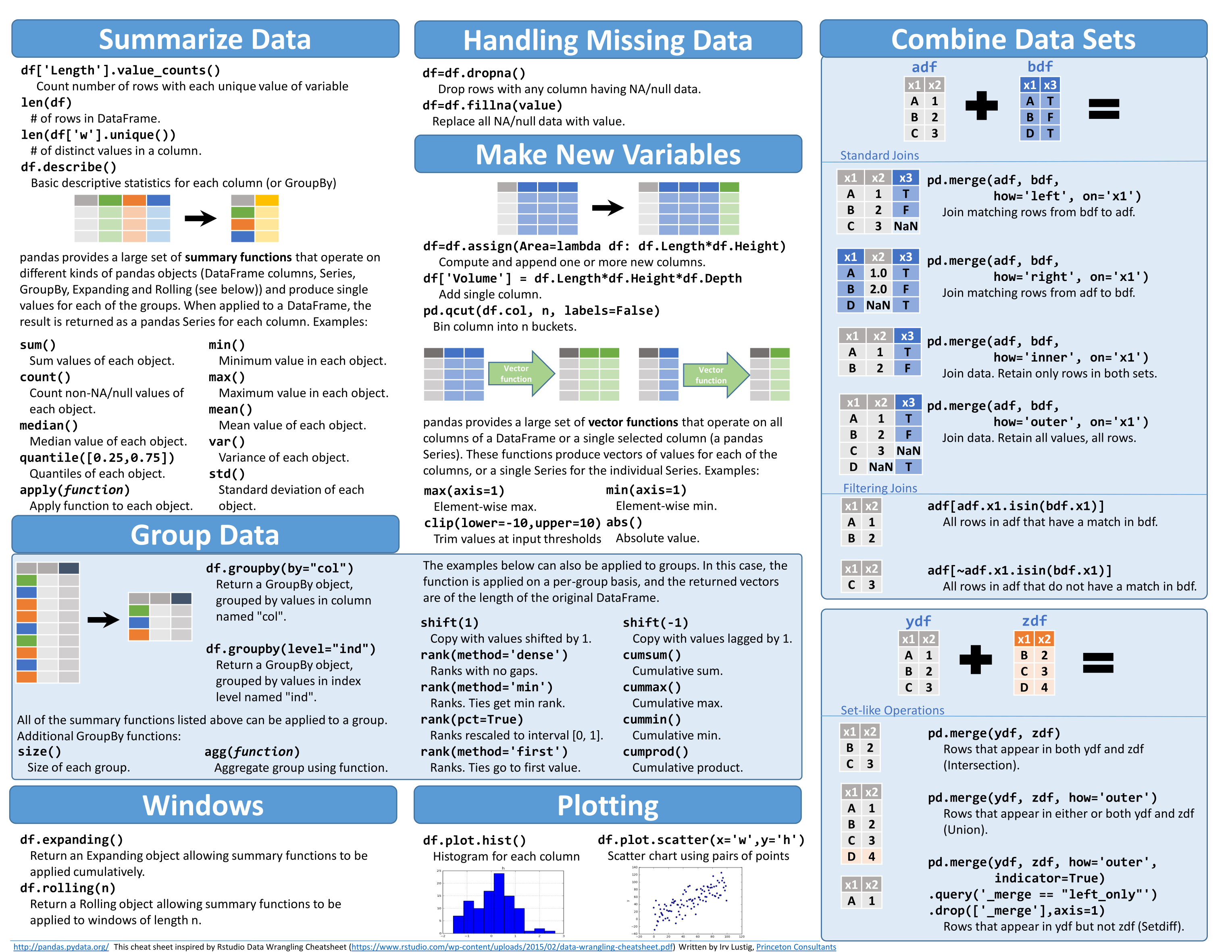

In the next post, we’ll take this a bit further and examine the dynamics of the system in more detail, then learn how to control it using feedback control and continuous reinforcement learning. With that, we learned how to build and simulate a dynamic model from first principles and apply it to a simple, friction-less pendulum.

of 7 runs, 100 loops each)Īnd the Euler method comes out on top with a ~2X speed up vs. of 7 runs, 100 loops each) %timeit integrate.odeint(int_pendulum_sim, theta_init, t)ĥ.21 ms ± 45.5 µs per loop (mean ± std. %timeit euler_pendulum_sim(theta_init, t)Ģ.1 ms ± 82.8 µs per loop (mean ± std. Rather than take my word for it, let’s test that claim. We did this using two different methods because I said it’s faster to apply the Euler method than to solve via integration with odeint. The mean-squared error between the different methods are incredibly close, meaning we’ve got a pretty good approximation. We can plug these values into Newton’s 2nd Law above, and we get: -mgLsin(\theta) = mL^2\ddot".format(mse_vel)) The torque is given by the perpendicular component of force applied to the mass (the moment about the origin), rotational inertia is just I=mL^2, and the angular acceleration is the second time derivative of \theta. Since its initial release in 2001, SciPy has become a de facto standard for leveraging scientific. In this case, \tau is the torque about the origin, I is the rotational inertia, and \alpha is the angular acceleration. SciPy is an open-source scientific computing library for the Python programming language. You’re probably familiar with the F=ma form, but we’ll modify this slightly for rotational motion by writing it as: \tau = I \alpha Once we have that, we can use Newton’s 2nd Law of Motion to get the dynamics. To start, we’ll draw a free-body diagram (FBD) of the simple pendulum where we show the length, mass, gravity, and force vectors acting on the system.įree-body diagram of the simple pendulum.ĭrawing the FBD helps to make all of the forces explicit to ensure we don’t miss anything. If we want to simulate this system, we need to understand the dynamics. This provides a good stepping stone for more complex systems many joints and systems in robotic control can even be modeled as pendulums that are linked together. We derive the dynamics of the mass and pendulum system, and build two separate simulation models using one of Python’s integration packages and using Euler’s Method. Before we get to that, we need to spend some time understanding the dynamics of the system and how to simulate it! TL DR The SciPy library is one of the core packages for scientific computing that provides mathematical algorithms and convenience functions built on the NumPy extension of Python. We’ll use this as a starting point to introduce some control theory and compare that to continuous control reinforcement learning. Python for Data-Science Cheat Sheet: SciPy - Linear Algebra SciPy. Don’t let this simplicity fool you though, it can create some interesting dynamics.

It’s basically as simple of a system as we can work with. We’ve just got a mass of m hanging from a string with length L and swinging back and forth.


 0 kommentar(er)
0 kommentar(er)
